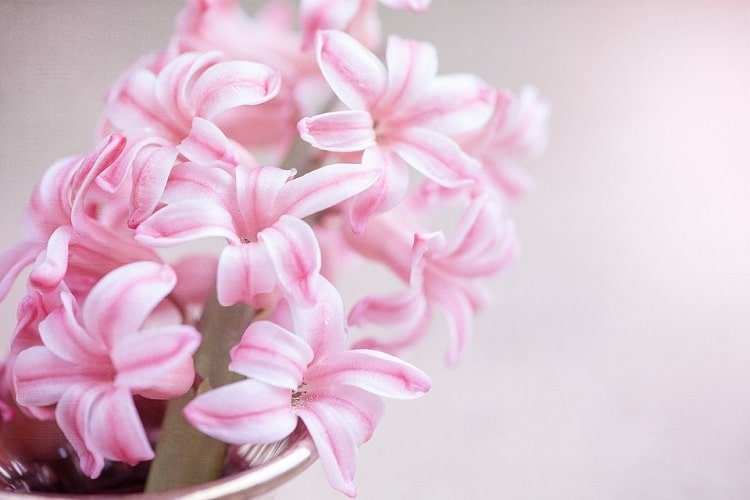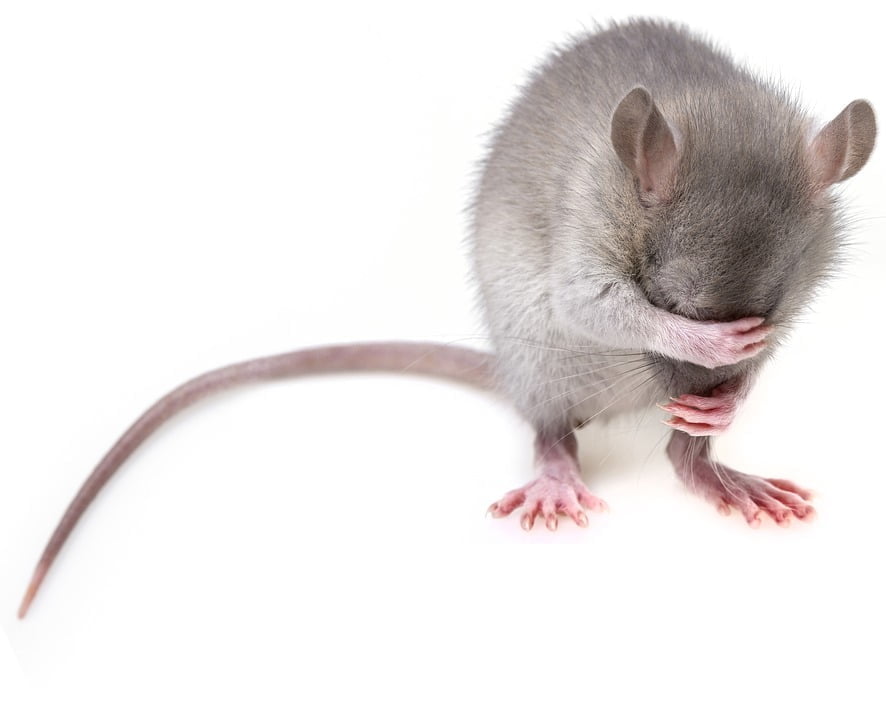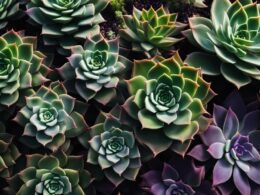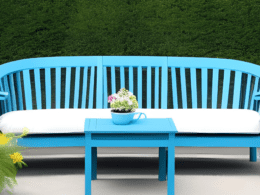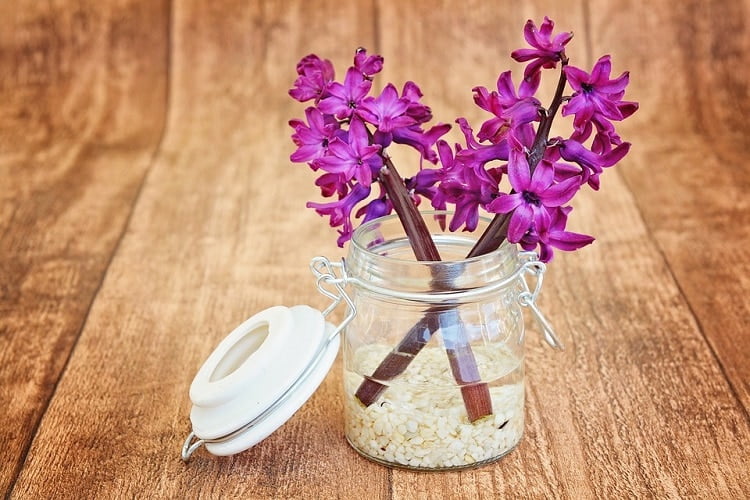
Why Is Indoor Caring so Important for Hyacinths
The first blooms of indoor hyacinths are a splash of color and scent that bring spring closer to us. However, after they have bloomed once, a second blooming is a little bit more difficult to achieve. It’s barely as beautiful and powerful as the first one, so many people choose to give up on hyacinth indoors after one season. When choosing hyacinths to tend indoors, you have two alternatives. You can either buy plants that are already in bloom, or bulbs to start for yourself. The bulbs will need some months of ‘pause,’ when you need to leave them in a chilly place to get the plant ready for growing.How to Care for Hyacinth Indoors
There are a series of things you need to know when learning how to care for hyacinth indoors. First, you need the appropriate method for your type of plant. See if the bulb needs starting, what conditions you need to provide for it, and consider different methods of growing.General Conditions Necessary for Growing
Any indoor hyacinth will require a series of conditions that are necessary for it to survive. If you know them, you have the basics on how to grow hyacinth indoors. First of all, be careful where you place the plant. The location needs to be a bright one, with plenty of access to sunlight. This place should also be relatively cool. If you keep the temperature lower, you’ll help the blooms last longer. Regarding soil, you need a compost mix that you can drain well. However, depending on the plant and the method you choose, you can even start the bulbs in water.Forcing Hyacinth Bulbs
As mentioned above, bulbs need some help to start growing. After keeping them at cool temperatures, it’s time to force them into growing. Pick up a plastic container and put some bulb fiber in it. Then, insert the bulb, but only halfway. This way, you’ll cover only half of it. Then, you need to keep this soil moist by constantly sprinkling some water on it. Make sure you still keep it in a cool and dark place. The bulb shouldn’t freeze over, so be sure to pick the spot carefully. Once tiny seedlings have started growing and reached about 2 inches, it’s time to move to the next step.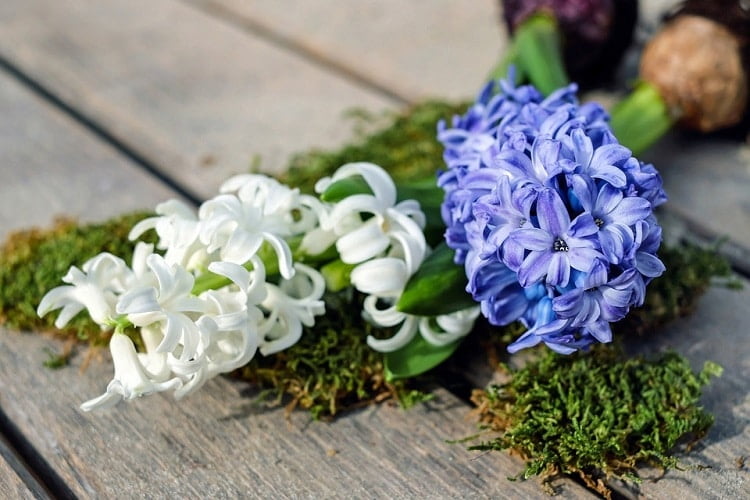
Moving the Seedlings to a Container
If you have other indoor plants, you are probably used to keeping the plants in compost soil placed into a container with drainage holes. However, when learning how to care for hyacinth indoors, you’ll find out they are different. These plants can thrive in some special forcing jars that contain mostly water, some gravel, and no holes for drainage. Here’s how to transfer the seedlings to a forcing jar. These are special glass containers that have a narrow neck and a wider base. The base is perfect to keep water in, while the neck keeps the bulb above the water with its roots dangling in. Sprinkle some gravel or compost sand on the bottom of the jar, and then fill it with water. Make sure the water doesn’t reach the narrow neck. The roots of the bulb should touch the water, but not its base, as the bulb risks rotting.Flowering
The forcing jar should stay in a dark and cool place. A garage would be a great place, but even the refrigerator is suitable. However, if you usually keep some fruits inside, it’s better to find a different place for the bulbs. Two times per week, change the water in the jar. Keep the plants in such places for about four weeks. By this time, the root should have already started developing, as well as the leaves at the top. Shortly after that, you will see how the first blooms are appearing. The root should have also reached the bottom of the jar, so it’s time to shift it to a warmer place. After about a week, it’s time to move the container even further and help it bloom properly. This last place should be really warm and have plenty of light. However, make sure it doesn’t sit in direct sunlight. Rotate the jar every day, so that the plant won’t grow in one single direction. The indoor hyacinths won’t last for more than four weeks, but they will grow beautiful blooms in bright colors and stunning fragrances.Repotting and Reblooming
Forcing the bulbs helps hyacinths grow more beautiful flowers over a short period. However, this isn’t a good solution for the future. If you want to make the plants rebloom next year, you won’t be able to do it from forced bulbs. Water forcing consumes all their energy, and they will produce no blooms next year. It might be possible if you plant the hyacinths traditionally, in a compost pot with drainage holes. However, no future blooms will get as powerful as the initial ones. Therefore, if you want remarkable hyacinths every year, it’s better to pick up new bulbs every season and repeat the growing methods.Watering and Fertilizing
While learning how to care for hyacinth indoors, watering is one of the most important steps. The bulbs should always have moisture. In case of a forcing jar, the water in the jar is enough as long as it doesn’t touch the bulb. If you grow the hyacinths classically, make sure you water the soil regularly but don’t do it excessively. It’s important that the bulbs won’t get soaked. In terms of fertilizing, this process is not necessary. They usually gather all the nutrients they need in the bulb. This will help them grow the first leaves without any problem. However, if you want to keep the blooms sturdy and scented, you can pour some liquid fertilizer into the forcing jar or the soil. The bad thing about hyacinths is the fact they don’t stay in bloom too long. This liquid fertilizer might prolong this period a bit.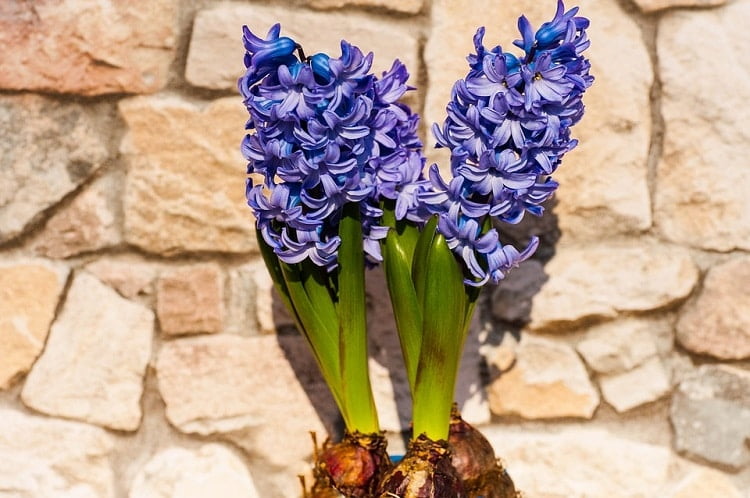
Pests and Vulnerabilities of Hyacinth Indoors
Fortunately, hyacinths are pretty sturdy, and they rarely are the victims of diseases and pests. However, this doesn’t mean they are completely invulnerable. There are some things you should watch out for when taking care of your hyacinth indoors.Pests
Among the threats, there are the common pests that attack indoor plants. These include fungus gnats, some small flies, scale, some shelly insects, and mealybugs, which are insects usually colored in white. Fortunately, scale and mealybugs are easily visible on the leaves of the hyacinth. You can get rid of them just as easily, by removing them with your fingers. Fungus gnats develop easily in moist soil. Therefore, if you see them around, reduce watering.Diseases and Other Vulnerabilities
Overwatering is the biggest enemy of hyacinths. If you do it, you affect its root and make it rot. If the root rots, then the plants’ stem, leaves, and flowers start wilting. However, you still have some chances to stop this by significantly reducing the quantity of water used. In some other cases, the hyacinth might get attacked by powdery mildew and gray mold. These diseases are associated with improper growing conditions. If you spot mold on your plant, move it to a more aerated place and with more light. To avoid the infection from spreading, remove the affected leaves and sanitize them with alcohol.Can I Use Sustainable Weed Maintenance Practices for My Indoor Plants?
Yes, you can absolutely apply sustainable fall weed maintenance tips to maintain your indoor plants. By opting for organic weed control methods, such as hand-pulling or natural herbicides, you can minimize the use of harmful chemicals that may affect your plants and the environment. Additionally, regularly inspecting and cleaning your indoor plant’s soil and pots can prevent weed growth. Remember, sustainable practices benefit both your plants and the planet.
Varieties of Hyacinth
You have several alternatives when picking your preferred hyacinth variety. The most common breed is a hybrid of the classical Hyacinth Orientalis. This is also the one you will find most everywhere when looking for hyacinth bulbs. People love hyacinths not only for their fragrance but also for their color. The most popular ones are probably the purple ones, together with the eye-catching blue ones and the pink variety. However, if you want something more delicate, you can always pick a white hyacinth.Can the Care and Maintenance Tips for the Elephant Ear Plant also be Applied to Hyacinth Indoors?
Yes, the growing elephant ear plant tips can also be applied to hyacinth indoors. Both plants prefer bright, indirect sunlight and consistent moisture. However, be sure to keep the hyacinth bulbs dry during their dormant period. Prune dead leaves and provide occasional fertilizer to promote healthy growth.
One Last Tip to Consider
Forcing a hyacinth bulb to rebloom is a long and tiring process which isn’t always successful. In the end, you’ll end up with a new bloom, but this will be far from reaching your expectations. Therefore, you can either get rid of the bulb once the season is over or move it somewhere in your garden. To keep the magic for a longer period, keep the blooms in a cold place during the night, and take them out on display only during the day. These low temperatures will preserve the bloom for a longer period than usual.





